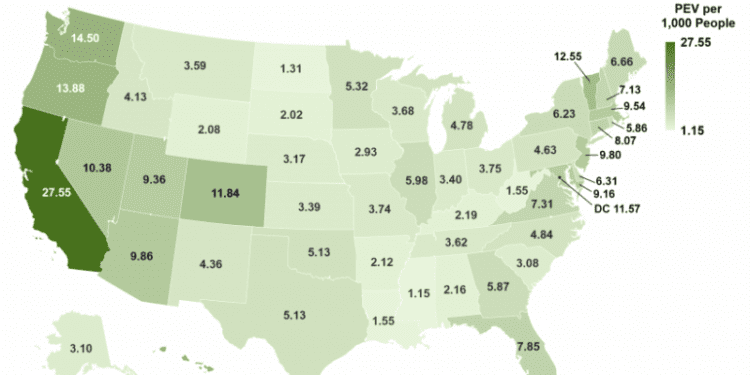In 2022, seven states and the District of Columbia had more than 10 plug-in electric vehicle (PEV) registrations per thousand people. California led the nation with 27.55 PEV registrations per thousand people, followed by Hawaii with 15.43. Over half of the states had more than five PEV registrations per thousand people, while no state had fewer than one. The highest PEV registrations per thousand people trended along the West Coast and the Northeast, with some exceptions such as Colorado.
The media business is a tough one, and it’s hard to stay afloat or even grow. Paywalls can be a great way to generate revenue, but they can also limit readership. At CleanTechnica, we understand this dilemma and have decided to ditch our paywall. We want to make sure everyone has access to our content, and we believe that the best way to do that is to keep it free.
FAQ
Q1. How electric car chargers work?
A1. Electric car chargers work by connecting to an electrical outlet and providing power to the car’s battery. The charger then converts the electricity into a form that the car’s battery can use.
Q2. What electric car has the longest range?
A2. The Tesla Model S has the longest range of any electric car currently on the market, with a range of up to 370 miles on a single charge.
Q3. How electric car batteries are recycled?
A3. Electric car batteries are recycled by breaking them down into their component parts and then separating out the metals, plastics, and other materials for reuse. The metals are melted down and reused in new products, while the plastics and other materials are recycled into new products.






